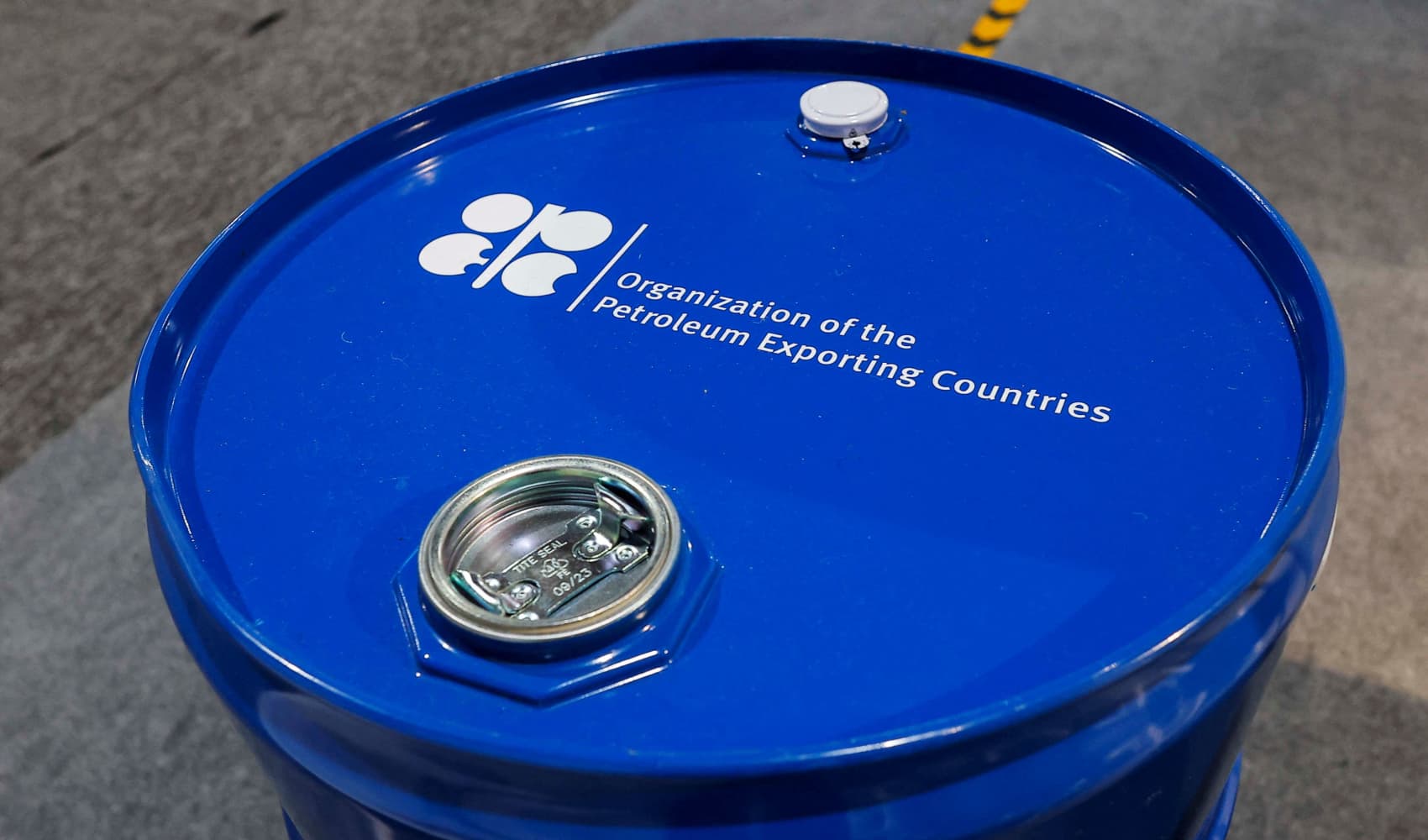
- More than 46 million Americans had already cast their ballots in the 2024 election as of Tuesday morning, according to NBC News' tracker, accounting for roughly a quarter of the electorate.
- Some states, such as North Carolina and Georgia, have reported that their early voter turnout is setting records this election cycle.
- Though early voting data can provide helpful signs of potential patterns, and help gauge voter enthusiasm, it is not a predictive model of Election Day outcomes.
More than 46 million Americans have cast their ballots in the 2024 election as of Tuesday morning, according to NBC News' tracker, accounting for over a quarter of the anticipated electorate.
Watch NBC6 free wherever you are
Both nominees, Vice President Kamala Harris and former President Donald Trump, have encouraged voters to get to the ballot box as soon as they can.
With one week until the Nov. 5 election, early voting is underway in all seven battleground states, along with dozens of others. Reports of hourslong lines outside polling places have already sprouted up on social media, as voters flood the limited number of municipal spaces set up to accommodate early voting.
Get local news you need to know to start your day with NBC 6's News Headlines newsletter.
While millions of Americans have stood in line to cast ballots in person, another 20 million have mailed in their ballots. The 46.5 million early votes are almost evenly split between ballots cast in person and by mail, according to the University of Florida's Election Lab.
Some states, such as the key presidential battlegrounds of North Carolina and Georgia, have reported that their early voter turnout is setting records this election cycle.
In North Carolina, 353,166 ballots were accepted on the first day of early voting on Oct. 17, beating the 2020 first-day record, according to preliminary State Board of Elections data. As of Tuesday, more than 2.7 million votes had been cast across the state, according to NBC News.

Georgia also smashed its first-day early voting record with an estimated 310,000 ballots cast on Oct. 15. By Tuesday, just under three million ballots had been received.
Money Report
These historic voter numbers are testing the limits of America's early voting infrastructure, which operates with only a fraction of the workers and polling locations that will be open on Election Day.
Early voting aims to give Americans more convenient alternatives to casting their ballots on Election Day. In some states, early voting also allows election officials to get a head start on processing or counting votes, to help distribute the workload of vote tallying over several days.
Elections and voting laws are enacted by individual states, not by the federal government. This creates a patchwork of election operations across the country, each governed by its own rules.

Arizona, Michigan and Nevada, for instance, are permitted to start counting their ballots before Nov. 5. But in Georgia, Wisconsin and Pennsylvania, counting may not begin until Election Day.
Early votes made up roughly two-thirds of the ballots cast in the 2020 election, according to the Associated Press.
This massive total, more than 100 million votes, was driven largely by the unique effects of the Covid-19 pandemic on American civic life.
While early voting data can provide helpful signs of initial patterns within the electorate and voter enthusiasm, it is not a predictive measure of Election Day outcomes.






